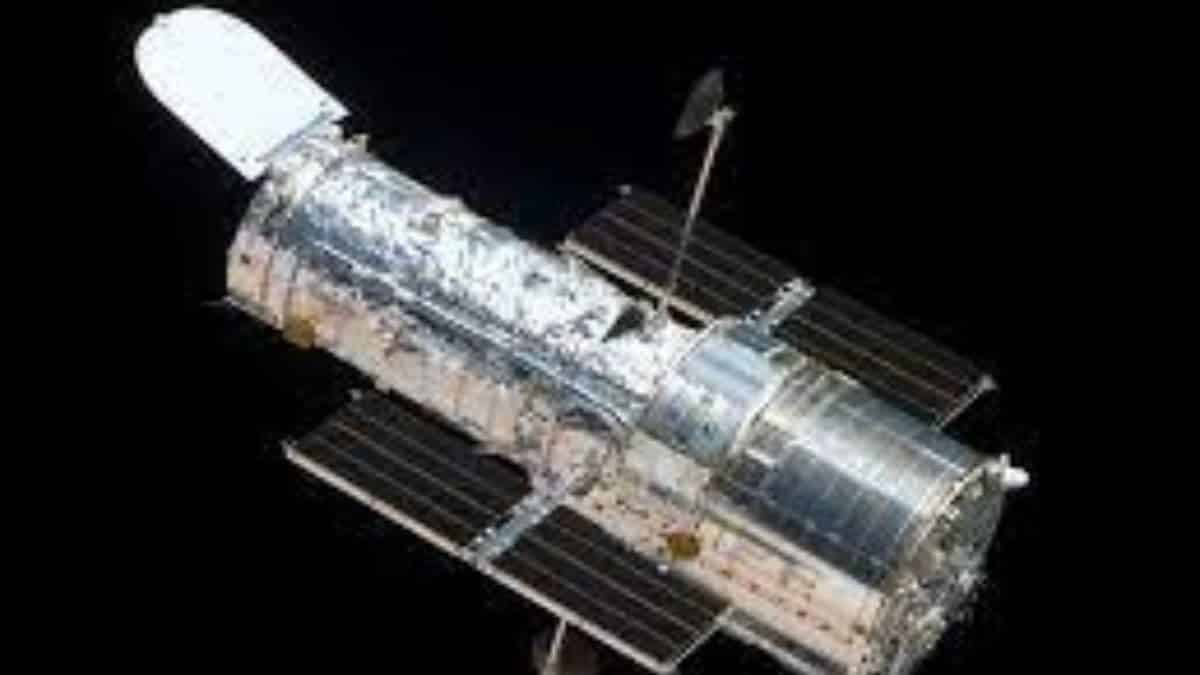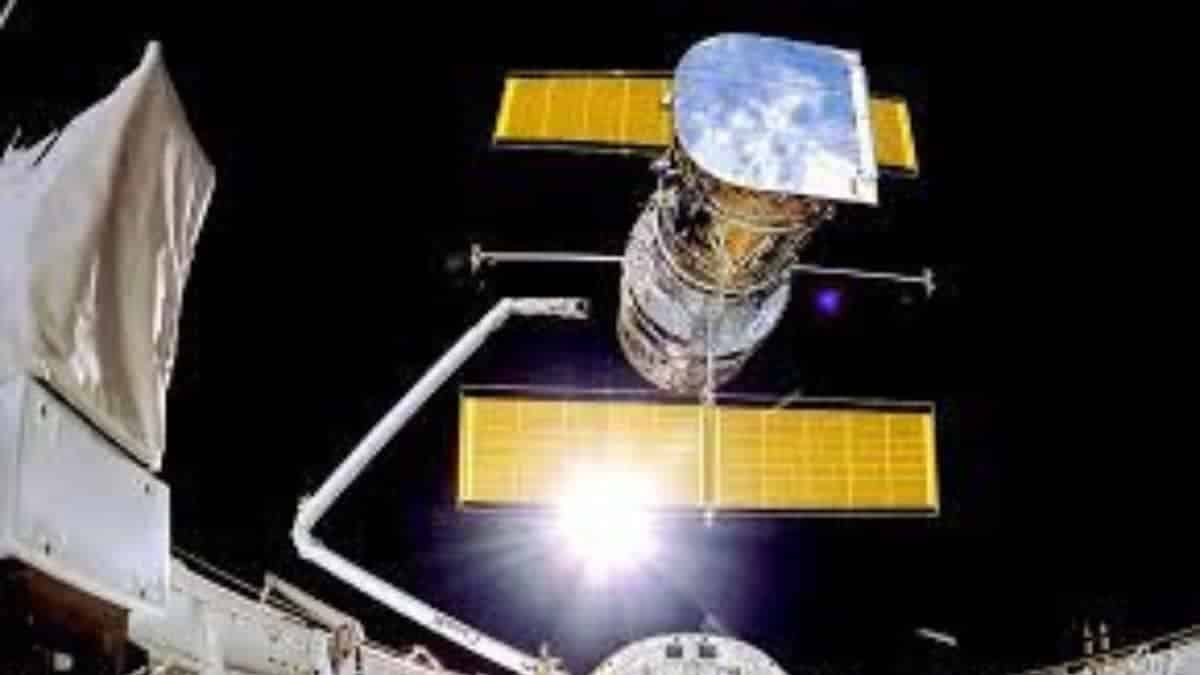This is what we know about the image taken by NASA’s Hubble Space Telescope

As per the sources, we came to know about the close-up image of crater Copernicus on Earth’s Moon. The credit goes to John Caldwell of York University, Ontario; Alex Storrs, Space Telescope Science Institute; and NASA.

The Moon, Earth’s nearest celestial neighbor, has recently been observed by NASA’s Hubble Space Telescope. Hubble was pointed at the 58-mile-wide (93-kilometer) impact crater Copernicus, one of the Moon’s most striking and picturesque objects.
Happy #MoonDay! 🌙
Did you know Hubble has observed our Moon? Here’s a shot of the crater Copernicus.
Hubble can resolve features as small as 280 feet across: https://t.co/HCVw8GSFIi pic.twitter.com/tkHD3eCiNV
— Hubble (@NASAHubble) July 20, 2022
About the Image
To detect the colors of sunlight reflected off the moon, the Space Telescope Imaging Spectrograph (STIS), which was pointed at a separate area of the moon, took the picture. Hubble should analyze the Sun’s spectrum using reflected light because it cannot look at the Sun directly. The STIS may be used to analyze how the planets both absorb and reflect sunlight after being calibrated by taking measurements of the Sun’s spectrum.
Upper Left
The Moon is so close to Earth that a mosaic of 130 images from Hubble would be required to capture the complete disk. This image taken from the ground by Lick Observatory shows the region that the Wide Field Planetary Camera 2 captured in Hubble’s photomosaic.
Center
The dazzling dust ray pattern that was shot out of the crater when an asteroid more than a mile across slammed into the Moon over one billion years ago is plainly visible in Hubble’s sharp aerial picture. Both the hummock-like blanket of material blasted out by the meteor impact and the terraced walls of the crater can have details as tiny as 600 feet across resolved by Hubble.
Lower Right
A close-up of the terraced walls of Copernicus. As little as 280 feet across features can be resolved by Hubble.


